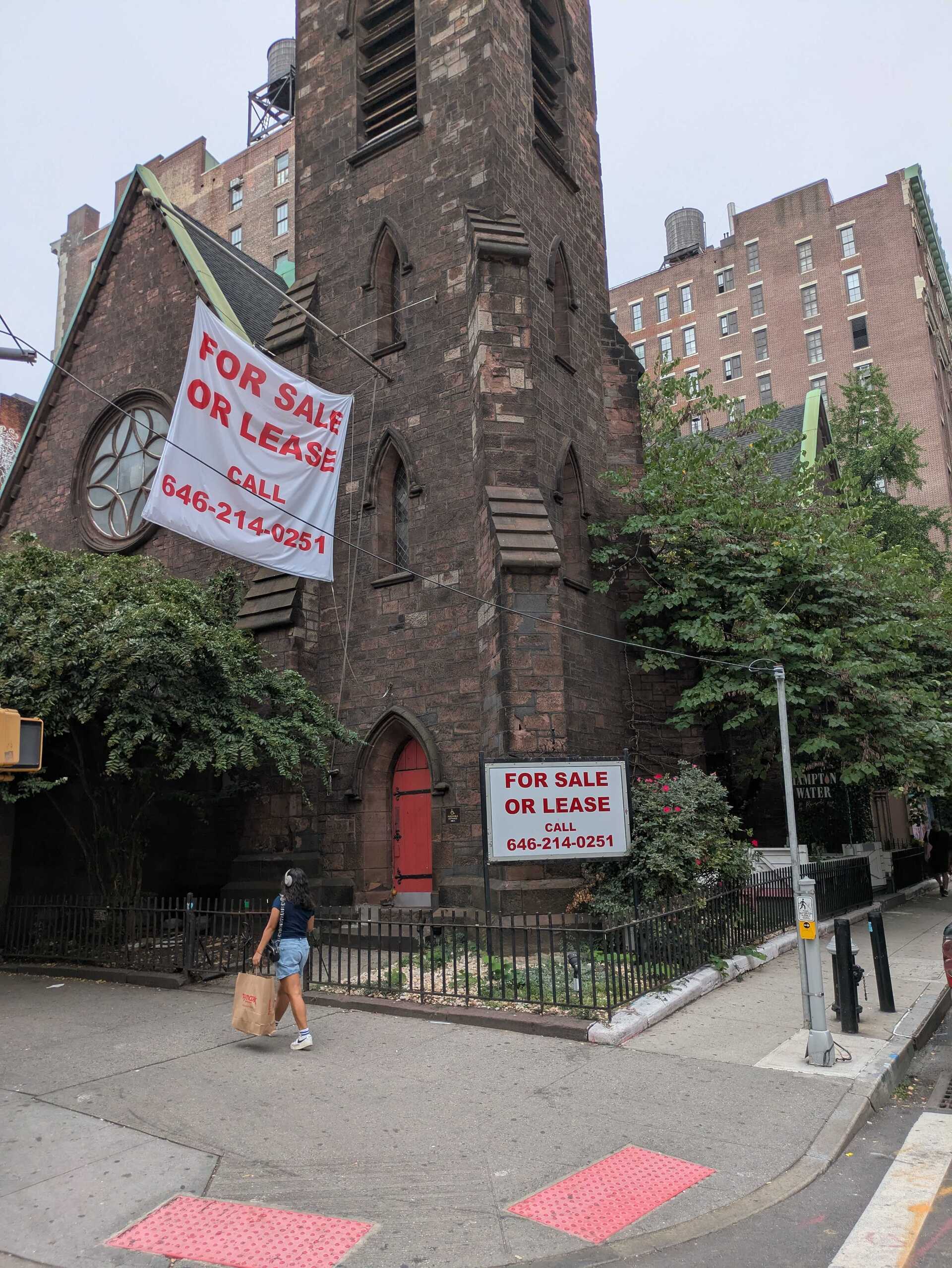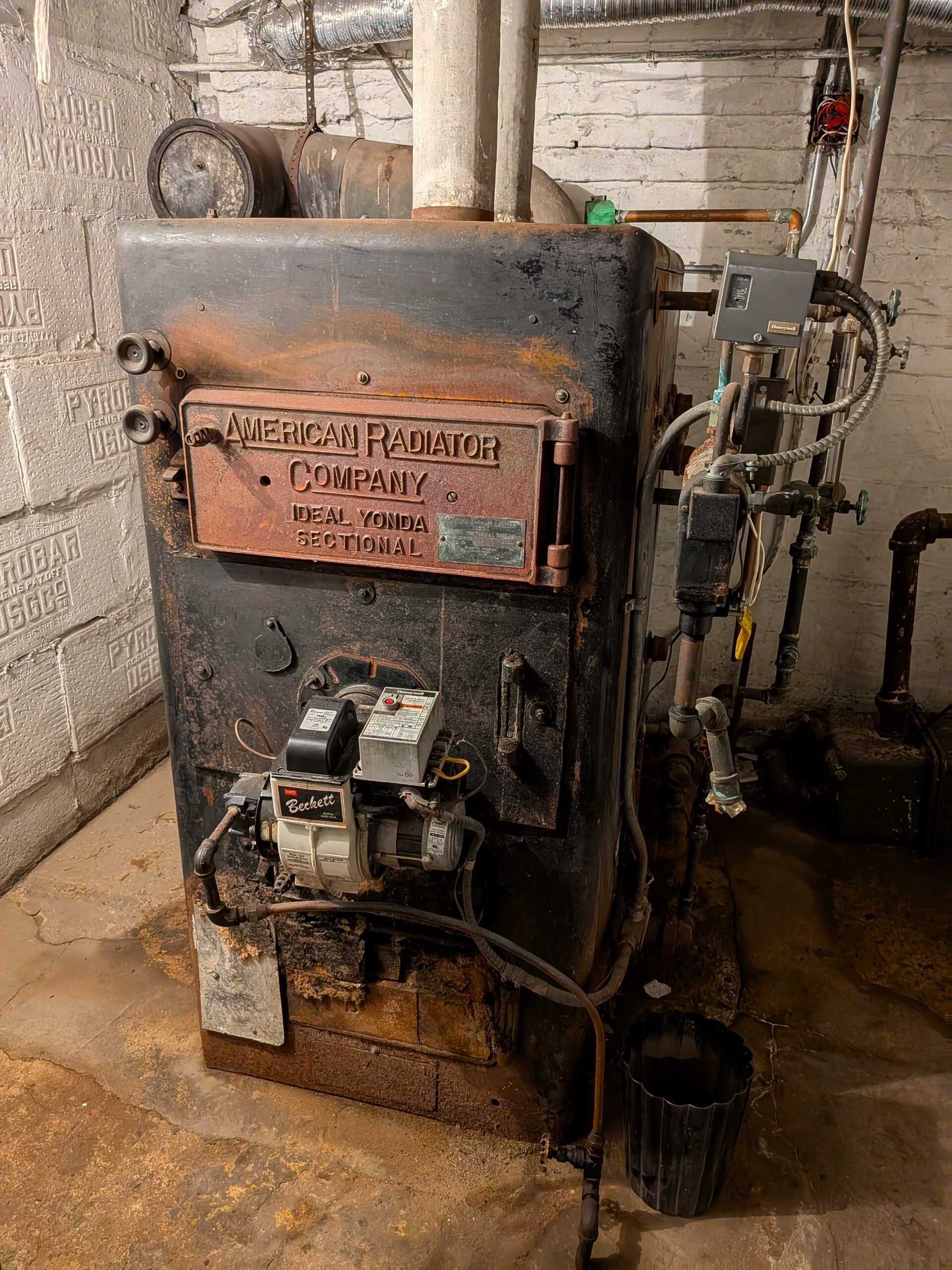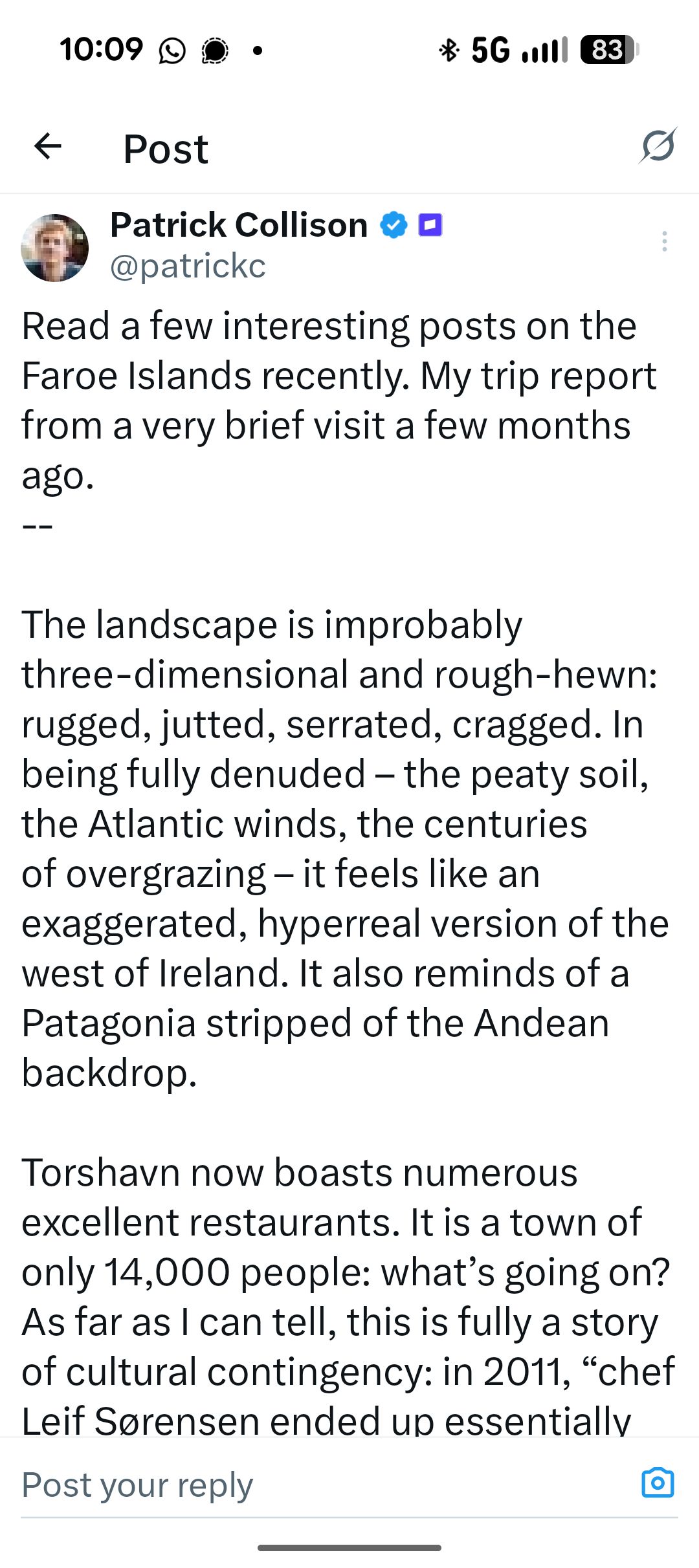- Surface Area
- Posts
- UPPERCASE AT BLOOMBERG
UPPERCASE AT BLOOMBERG
WALL STREET STOCK AND BOND TRADERS USED TO WRITE EMAILS AND MEMOS TO ONE ANOTHER IN UPPERCASE LIKE THIS.
It seems hard to imagine now, but in the early 1990s the Bloomberg terminals that Wall Street used to communicate didn’t have lowercase.
Bloomberg’s famous message function was released in early 1993. At the time, the keyboard was designed more for entering bond and stock tickers than typing text.
The default was ALL CAPS. The keyboard did have a shift key at the lower left, but its purpose was to enable alternate characters i.e. the symbols at the top of each key.
It took another year to add a capability that supported mixed use cases.
It was, however, pretty clunky so most people didn’t bother.
To change the case, you had to simultaneously toggle the shift and downarrow keys. It felt a bit akin to the awkwardness of searching for TV shows using a clicker.
The situation spawned a fascinating cultural A/B experiment of sorts.
Most Bloomberg employees and customers – particularly the early adopters – continued to use default upper case messaging. It was fast, efficient and traditional.
Newer hires would often take more time and extra steps to adopt a more formal, proper sentence case. It was additional effort, but more polite.
The result was a culture clash where the newbies felt “yelled at” by the originalists.
I was accused of “YELLING” myself and encouraged to change my habits.
It’s a great reminder that human communication is complex and nuanced. It’s not just what you say but how it is said that matters.
A friend told me something similar happened at Morgan Stanley. Their system was default lower case so the traders – eager to show they were in a hurry – never capitalized anything. People who did were looked down on, the implication being they had too much time on their hands.
The upper vs lower case grammar debate at Bloomberg wasn’t put to bed until several years later, when traditional computer keyboards were adopted as standard.
That made it easy and normal to be both proper and more polite and meant anyone writing in upper case was making an aggressive statement.
We see echoes of how punctuation conveys meaning today with the widespread adoption of AI.
People including OpenAI CEO Sam Altman intentionally tweet in lower case or include non-standard abbreviations or even typos to signal it’s been written by a human, not AI.
It’s a modern example that how we write sometimes conveys as much if not more information as the specific words on the paper.BRIEF OBSERVATIONS
Trusted by millions. Actually enjoyed by them too.
Most business news feels like homework. Morning Brew feels like a cheat sheet. Quick hits on business, tech, and finance—sharp enough to make sense, snappy enough to make you smile.
Try the newsletter for free and see why it’s the go-to for over 4 million professionals every morning.
THE LIMELIGHT: When I first moved to the city 35 years ago, the Limelight was a hot disco. The music stopped a long time ago and now the building is for sale

HUDSON GREENWAY: The transformation of the Hudson Greenway has been extraordinary. Every year it seems like something new pops up, like this cafe.

STREETSCAPE OF BENCHES: I came across these benches in the Meatpacking district of Manhattan, a reminder that the city keeps improving streetscapes.

ENERGY: I went to an open house in Harlem, NYC and saw this boiler in the basement. It still works just fine.

PATRICK COLLISON: Patrick Collison, CEO of Stripe, is one of the few executives who shares his experiences on social media. I loved this post about his trip to the Faroe Islands.

Please reach out if you have any thoughts about today’s newsletter. I enjoy hearing from readers. Send me a message if you want to talk or meet up if you are in NYC.
I would love it if you could share this newsletter with a friend.
Also, if you have a moment, take the poll below.
Which statement do you agree with most |

